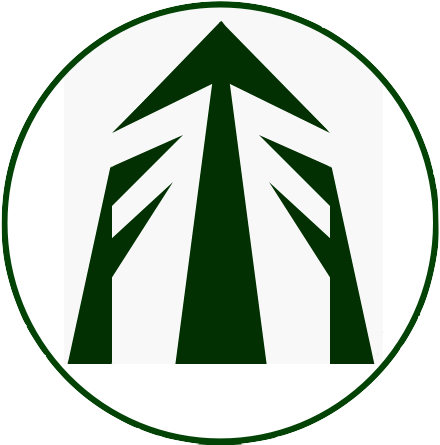|
Farm Forestry Timbers |
|||||||||||||||||||||||||||
In this newsletter:
Dean Satchell If you have a story for this newsletter, please get in touch with Dean by email. During the joint weekend in November 2023, a visit was made to Bill liley's farm, about 30km west of Owhango, in the scenic Retaruke area. Bill is in the forestry consulting business, and also owns this farm which is managed for him by another local farmer. He has a significant planting of an unusual tree – Chinese fir, Cunninghamia lanceolata. He was influenced to plant this species in the late 90s by reading a 1993 thesis on its potential for NZ by Lindsay Fung It has natural good form, is decay-resistant (full of extractives), and can coppice apparently. In China it is used in the round as roof rafters so is grown with close stocking to keep the stems thin. The local lines company cleared 1 row of his block to get coverage, and initially all the newly-exposed branches on the trees in the adjacent rows died, but they eventually grew back so the corridor has disappeared. The logs that were cut were laid down on the ground for 2 years, and had moss and grass growing on them, but when they were opened and milled the timber was fine, with no sap stain. As for disadvantages - like cryptomeria, the seeds stick in sheep’s wool, and Bill says he gets a rash from brushing against the foliage. Photos and text Cynthia Barnard, from Waikato branch newsletter 97 Notes: The decay resistance of China-fir (Cunninghamia lanceolata) was evaluated in several tests using white- and brown-rot fungi in an American Wood Preservers' Association soil-block test. Although there was some variation in weight loss among boards, China-fir heartwood was found to be similar in decay resistance to western redcedar (Thuja plicata) and should be classified as highly decay resistant. Basic densities were lower than much of the native grown (Chinese) C. lanceolata and considerably lower than the range for P. radiata in New Zealand. The low basic density resulted in lower strength values for mechanical properties (bending, compression, shear tests). Drying rates were very similar to P. radiata and air drying or drying under a conventional (high temperature) P. radiata kiln schedule produce very little degrade. The low strength and basic density of the timber makes C. lanceolata less suitable for structural uses compared with P. radiata, and more suited to end uses where strength is not important. In Australia, timber species are rated with "F ratings" for strength. https://narangbatimbers.com.au/timber-ratings-decoded/
Visual stress grading https://www.woodsolutions.com.au/visual-stress-grading Structural grading https://www.woodsolutions.com.au/structural-grading
|
|||||||||||||||||||||||||||
Disclaimer: While every effort is made to ensure the accuracy of the information provided on this site, Farm Forestry Timbers Society do not accept liability for any consequences arising from reliance on the information published. If readers have any doubts about acting on any articles they should seek confirming, professional advice.
 Farm Forestry New Zealand
Farm Forestry New Zealand